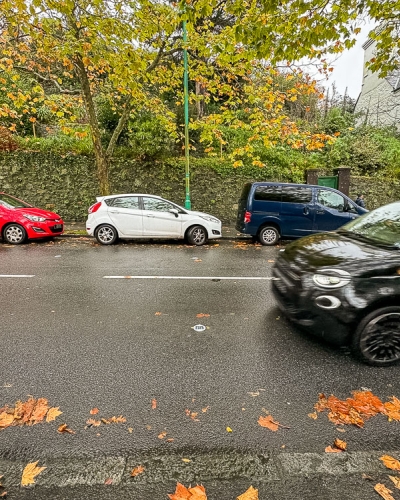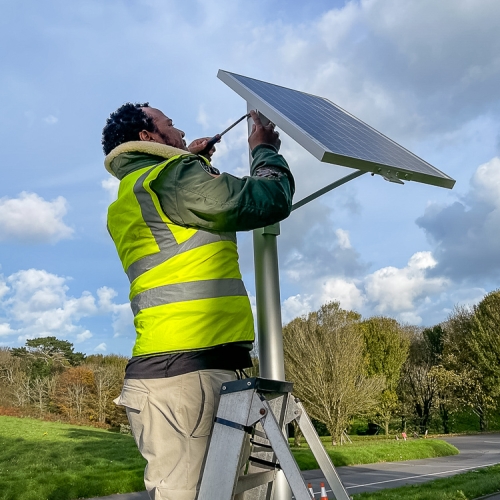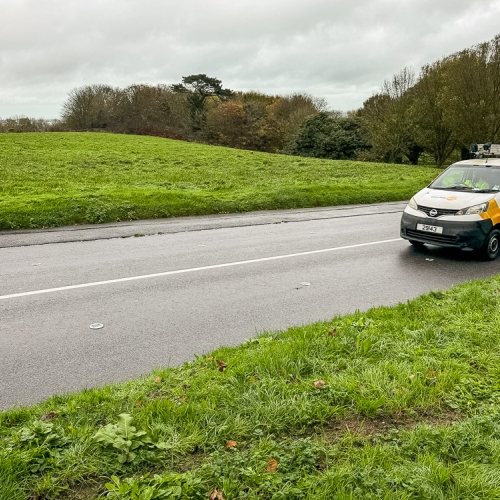The Challenge
Prior to deploying the VM-I real-time traffic counters, The States of Guernsey relied on legacy equipment that required manual downloads and provided limited insights, capturing only basic traffic volume data. This restricted their ability to make data-driven decisions about traffic management, especially during road closures or peak congestion periods. As the island's government works toward promoting modal shift and sustainable transportation options, they required real-time traffic data to understand traffic behaviours, measure progress, and plan effectively.
The Solution
The States of Guernsey installed VM-I real-time traffic counters at four strategic locations across the island's main arterial routes leading to and from St. Peter Port, the island's main centre. The process was streamlined due to similarities with their existing active LED stud installation procedures, allowing for rapid deployment and minimal disruption.
The new real-time traffic data system integrates with the ATLYST cloud platform, providing officials with immediate access to comprehensive traffic information including:
- Vehicle volume counts
- Vehicle speed measurements
- Vehicle classification by length
- Traffic pattern analysis
- Real-time traffic flow monitoring
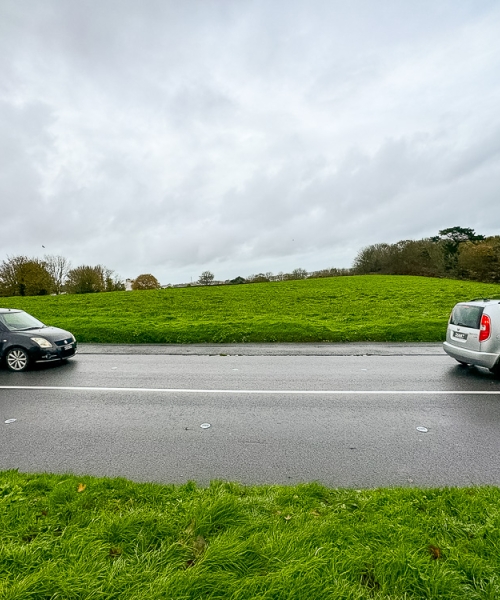
Installing The Real-Time Traffic Counter
The installation process was remarkably efficient, with The States of Guernsey reporting that "four sites of two lane traffic were installed and up and running within 24 hours," demonstrating the real-time traffic counter's ease of setup. The new equipment was installed without significant issues, leveraging the team's familiarity with similar installation procedures for active LED studs.
Transportation officials quickly adapted to the ATLYST cloud platform, with several staff members becoming increasingly proficient at accessing and analysing the newly available real-time traffic data to support their roles.
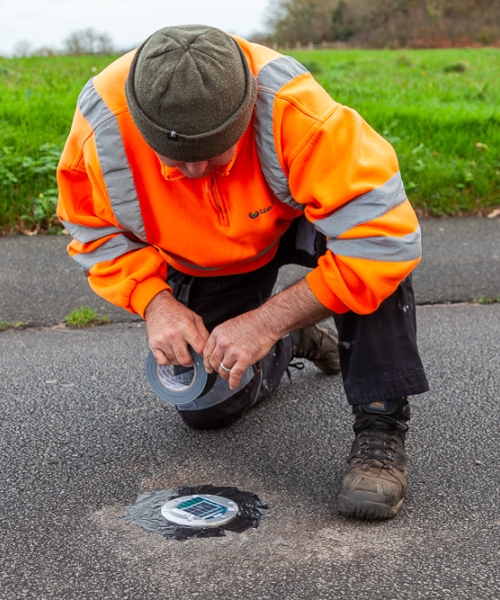
"We already have a much better overview of speeds and volumes of traffic as well as the different classification of vehicles using the routes at certain times of the day" - The States of Guernsey
Immediate Benefits & Real-World Applications
Even in the early stages, The States of Guernsey has realised several significant benefits from their real-time traffic counters.
The VM-I system has provided an enhanced traffic intelligence overview, with officials noting, "We already have a much better overview of speeds and volumes of traffic as well as the different classification of vehicles using the routes at certain times of the day." This granular data has already begun to challenge conventional knowledge about afternoon peak traffic times.
During a coastal defense project that reduced a main commercial route to a single lane with traffic light contraflow, officials used the VM-I real-time traffic counters to monitor the daily impact on traffic patterns. The real-time traffic data revealed that while there was a significant reduction in volume on the affected route, this traffic wasn't entirely redistributed to other routes. Instead, travelers appeared to be changing their habits - avoiding peak times, canceling discretionary trips, or choosing alternative transportation modes.
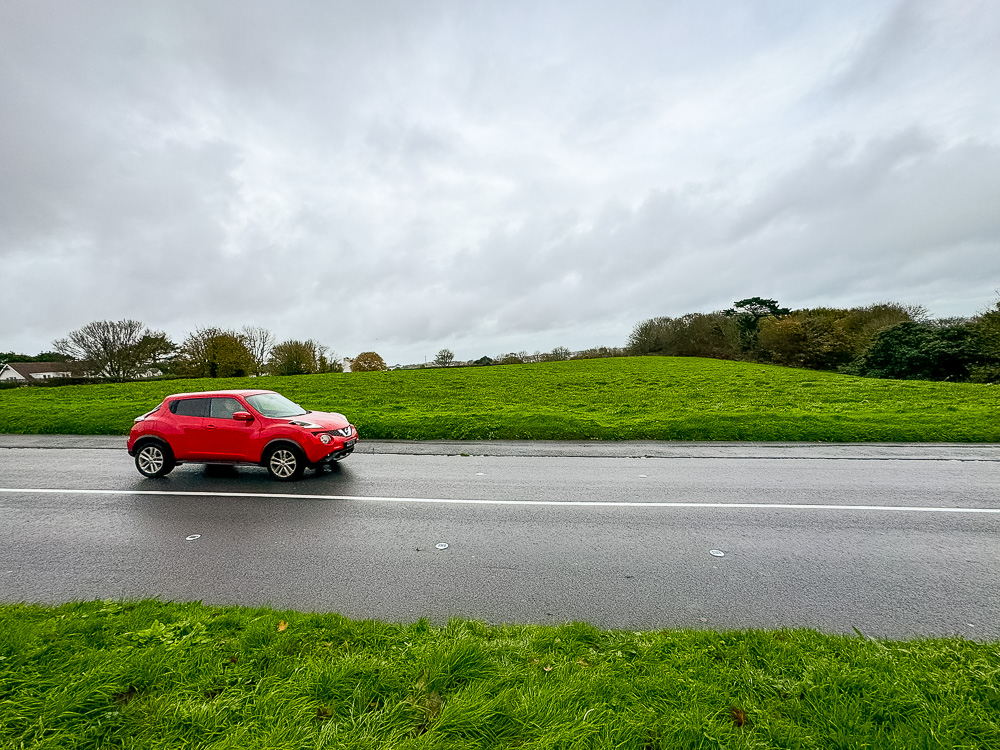
The detailed real-time traffic data on vehicle speeds can be shared with The States of Guernsey law enforcement, enabling the possibility of more targeted and effective speed enforcement activities at specific locations and times. Additionally, by analysing both low speeds and high volumes simultaneously, transportation officials can now identify congestion hotspots with greater precision, potentially informing signal timing adjustments or restricting road works during critical periods.
Strategic Long-Term Vision
The States of Guernsey envisions several ways the VM-I real-time traffic counters will support their strategic goals over the next 5-10 years. The system will provide critical data for "preparing for, evidencing and monitoring of traffic trends around major housing development areas in the north of the island," allowing for proactive rather than reactive traffic management.
By establishing baseline measurements and tracking "long term trends in travel habits," officials can evaluate the effectiveness of initiatives designed to encourage vehicle sharing, public transportation, and active transport solutions. The real-time traffic data from the VM-I system will inform "traffic management during planned closures and major infrastructure upgrades," potentially reducing congestion and improving public communication around disruptions.
Beyond the initial four arterial routes, The States of Guernsey is "looking at expanding our monitoring network using both temporary and permanent sites especially around other key areas including smaller local centres and potential development areas." This strategic expansion of real-time traffic counters will create a more comprehensive picture of island-wide traffic patterns.
Conclusion
The adoption of the VM-I system represents a significant advancement in The States of Guernsey traffic management capabilities. The rapid installation, immediate insights, and potential for strategic long-term planning demonstrate a strong return on investment. As Paul James notes, the system is "challenging our views on the traditional afternoon peak times" and providing evidence that public messaging around "long term change and using alternative travel options may be having an effect."
For other municipalities considering similar upgrades, The States of Guernsey's experience highlights the ease of installation and the immediate value of more comprehensive traffic data for both operational and strategic decision-making.
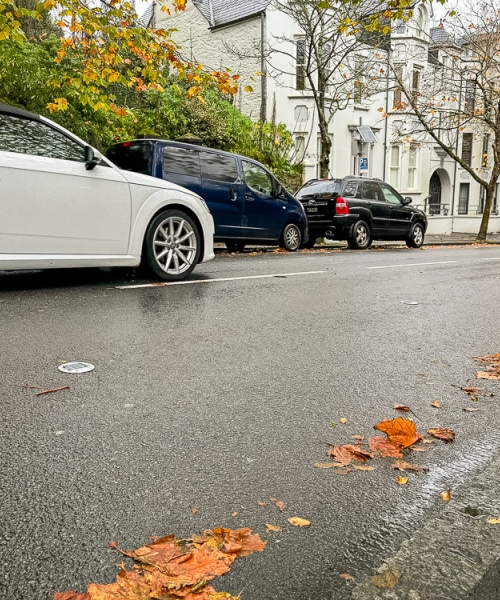
If you'd like to learn more about our traffic monitoring solutions, please contact our team.
Got a great MetroCount story? Share it with us and let the world know the great work you're doing in your community.
